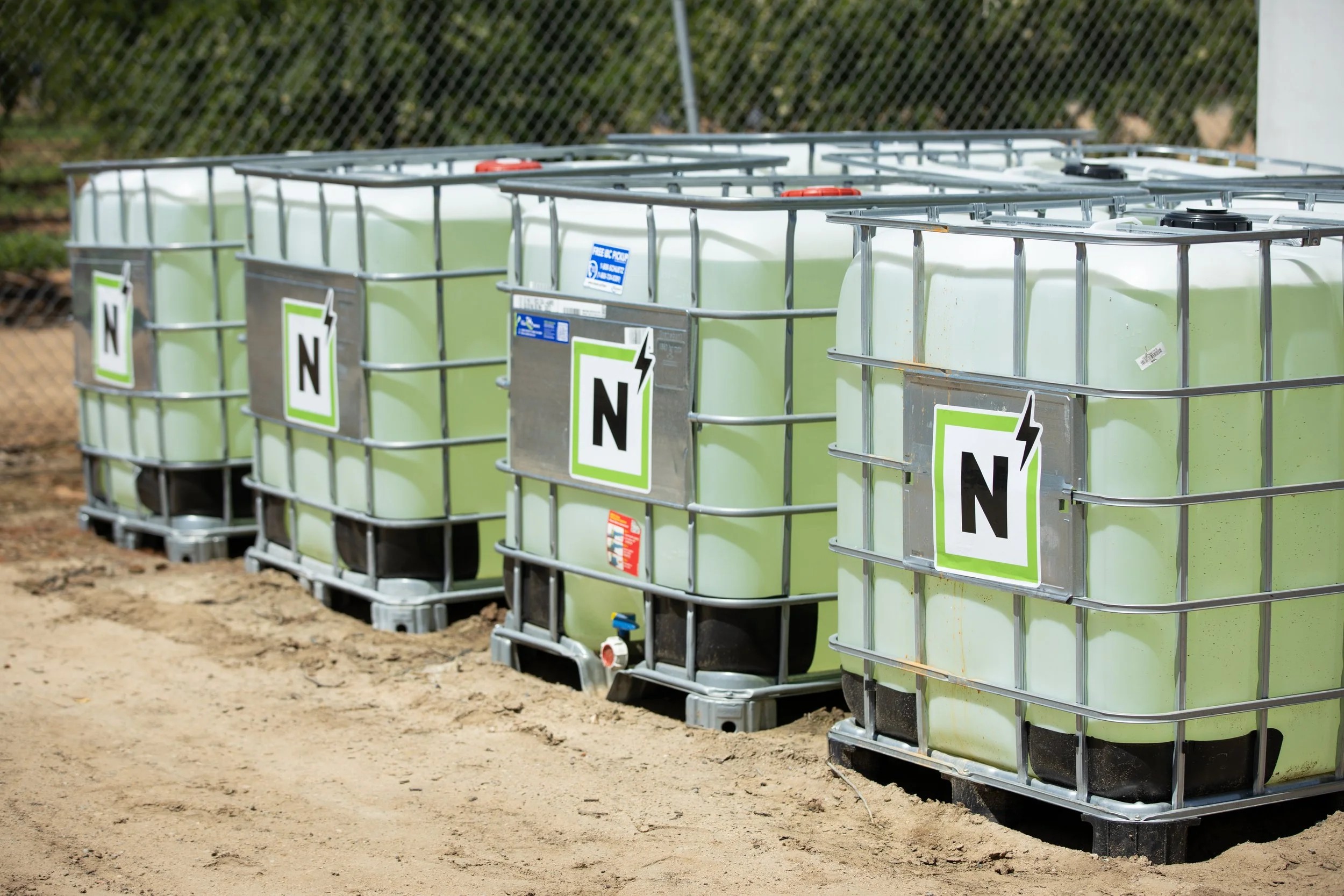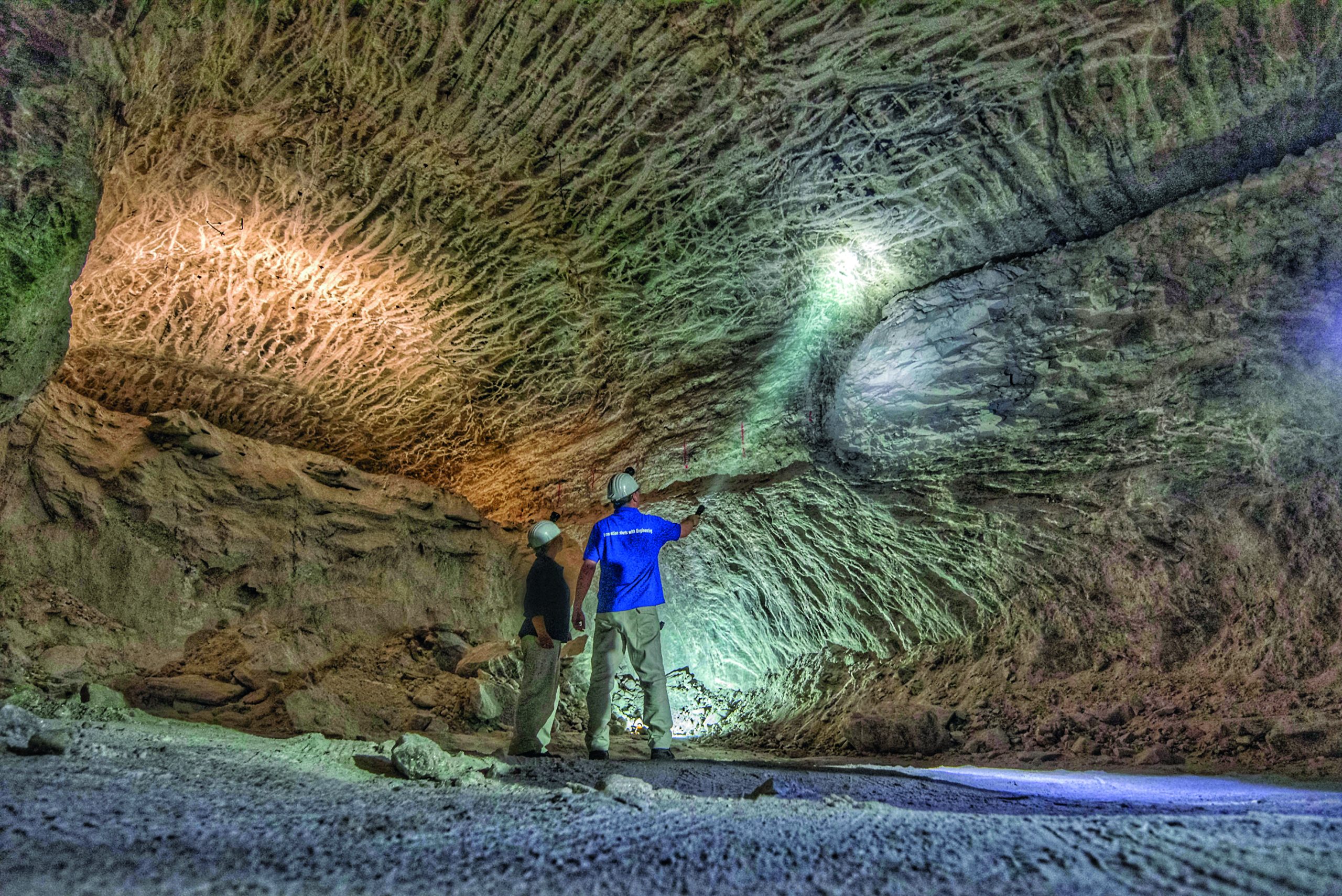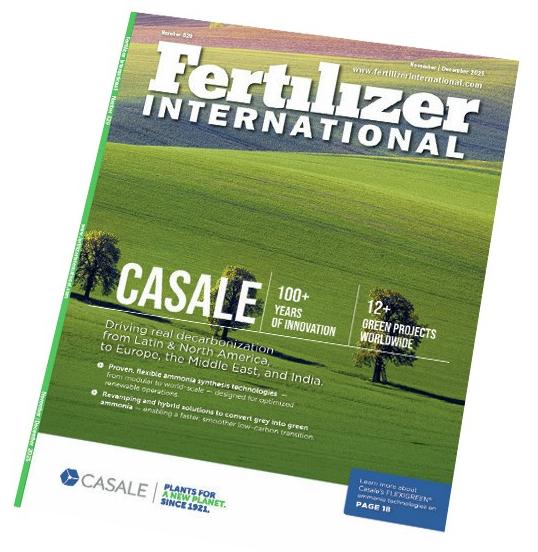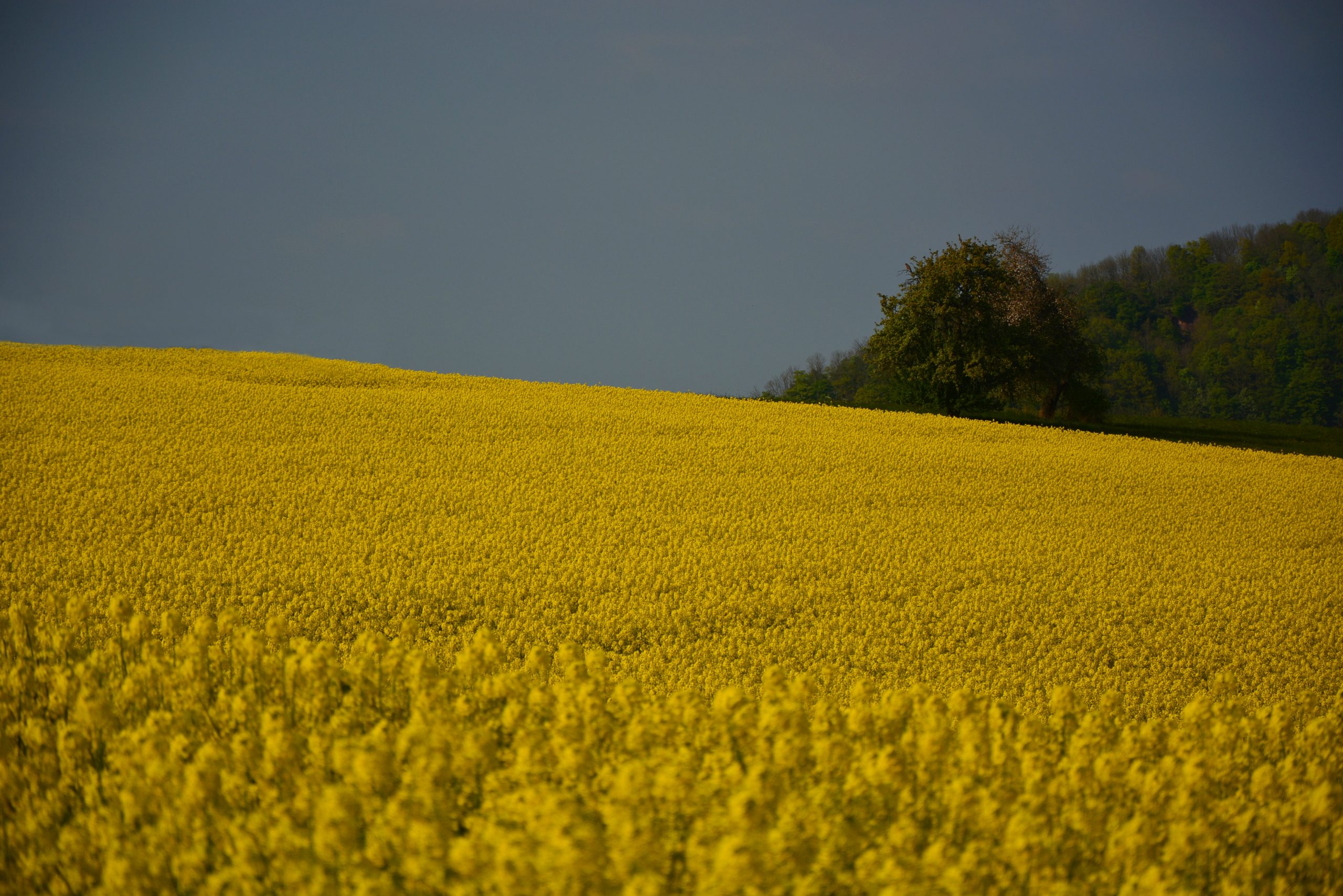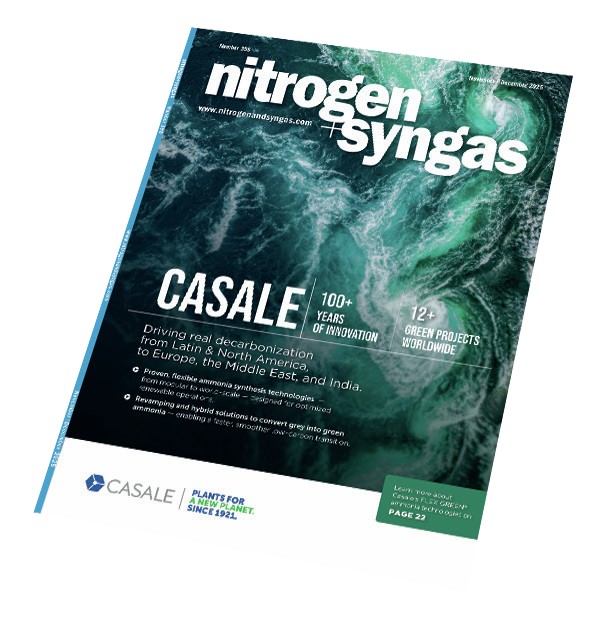Fertilizer International 522 Sept-Oct 2024

30 September 2024
YARA OPENS HERØYA RENEWABLE HYDROGEN PLANT

In a major milestone, Yara officially opened its renewable hydrogen plant at Herøya Industrial Park, Porsgrunn, Norway, in June.
The company has already delivered the first tonnes of fertilizers made from the renewable hydrogen and ammonia produced at the site. These have been supplied to Swedish agricultural cooperative Lantmännen (see main article).
“This is a major milestone for Yara and for the decarbonization of the food value chain, shipping fuel and other energy intensive industries,” said Svein Tore Holsether, Yara’s president and CEO.
The 24MW renewable hydrogen plant at Herøya, the largest currently operating in Europe, was officially inaugurated on 10th June by the Norwegian Prime Minister Jonas Gahr Støre. The hydrogen generated by the plant – via water electrolysis using renewable energy – replaces natural gas feedstocks and will cut annual CO2 emissions at the Porsgrunn site by 41,000 tonnes.
The electrolysis plant is manufactured by ITM Power and uses proton exchange membrane (PEM) technology. It has a nameplate capacity of around 10,000 kg/d for green hydrogen. This is enough to produce 20,500 t/a of green ammonia, which can be then converted to 60,000-80,000 t/a of low-carbon fertilizer.
Yara agreed a contract with Linde Engineering for the construction and delivery of the 24MW green hydrogen plant in January 2022. This project was partly financed by a NOK 283 million ($26.5 million) grant from Enova, part of Norway’s climate and environment ministry.
“We are very pleased to have delivered the first tonnes of low-carbon footprint fertilizers to Lantmännen, a partnership which serves as a concrete example of how collaboration across the entire food value chain is required to decarbonize. Together, we have made this important step towards decarbonizing hard to abate sectors,” said Holsether.
The low-carbon fertilizers produced using green hydrogen and ammonia will form part of a new portfolio called Yara Climate Choice. These products will benefit crops, says Yara, while at the same time contributing to the decarbonisation of the food system and reducing its climate impacts.
Low-carbon fertilizers produced from ‘blue’ ammonia – using carbon capture and storage (CCS) – will also form part of Yara’s portfolio in future, the company confirmed
“Renewable ammonia is an important part of the decarbonization puzzle – however, developing it at scale takes time. As the world is rapidly approaching 2030, we are also working to produce low-carbon ammonia with CCS to enable the hydrogen economy and develop the emerging markets for low-emission ammonia,” says Hans Olav Raen, CEO of Yara Clean Ammonia.
In 2023, Yara signed a binding carbon dioxide transport and storage agreement with the Norwegian Northern Lights project as part of efforts to reduce the CO2 emissions from its Sluiskil ammonia production plant in the Netherlands by 800,000 tonnes. Yara says it is also evaluating world-scale CCS projects for blue ammonia in the US.
“The companies who take this seriously will have a competitive advantage. At Yara, we have already reduced our emissions by 45 percent since 2005, and with our strategy to profitably deliver decarbonized solutions quickly and at scale, produced with both renewable energy and CCS, we are uniquely positioned to deliver, both to shareholders, customers, employees and society at large,” said Holsether.


